Nine foods that fight inflammation
What we eat can help reduce the risk and severity of arthritis, heart disease, and other conditions. Consider adding more of these power foods to your plate.
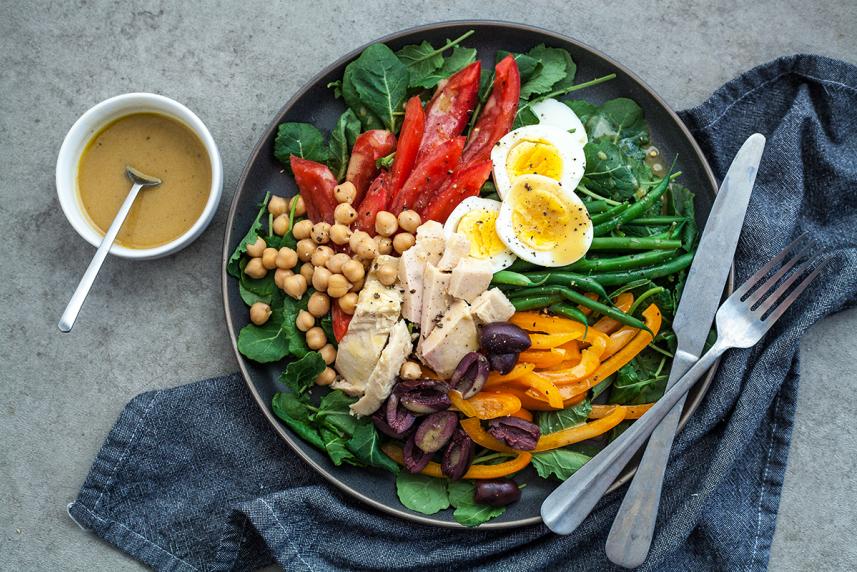
The key to better health might be in your refrigerator. Conditions such as arthritis, heart disease, and diabetes are linked to chronic inflammation, which occurs when the body’s immune system is activated even when it’s not fighting off a threat, such as an infection. What you eat can play a role in reducing inflammation.
“Many foods in a Mediterranean diet are anti-inflammatory — such as vegetables, fruit, fish, and olive oil,” explains Monica Auslander Moreno, M.S., R.D.N., founder of Essence Nutrition in Miami. Foods that can make inflammation worse include red meat, white bread, and sugary sodas. These nine foods have anti-inflammatory benefits. Try adding them to your diet today:
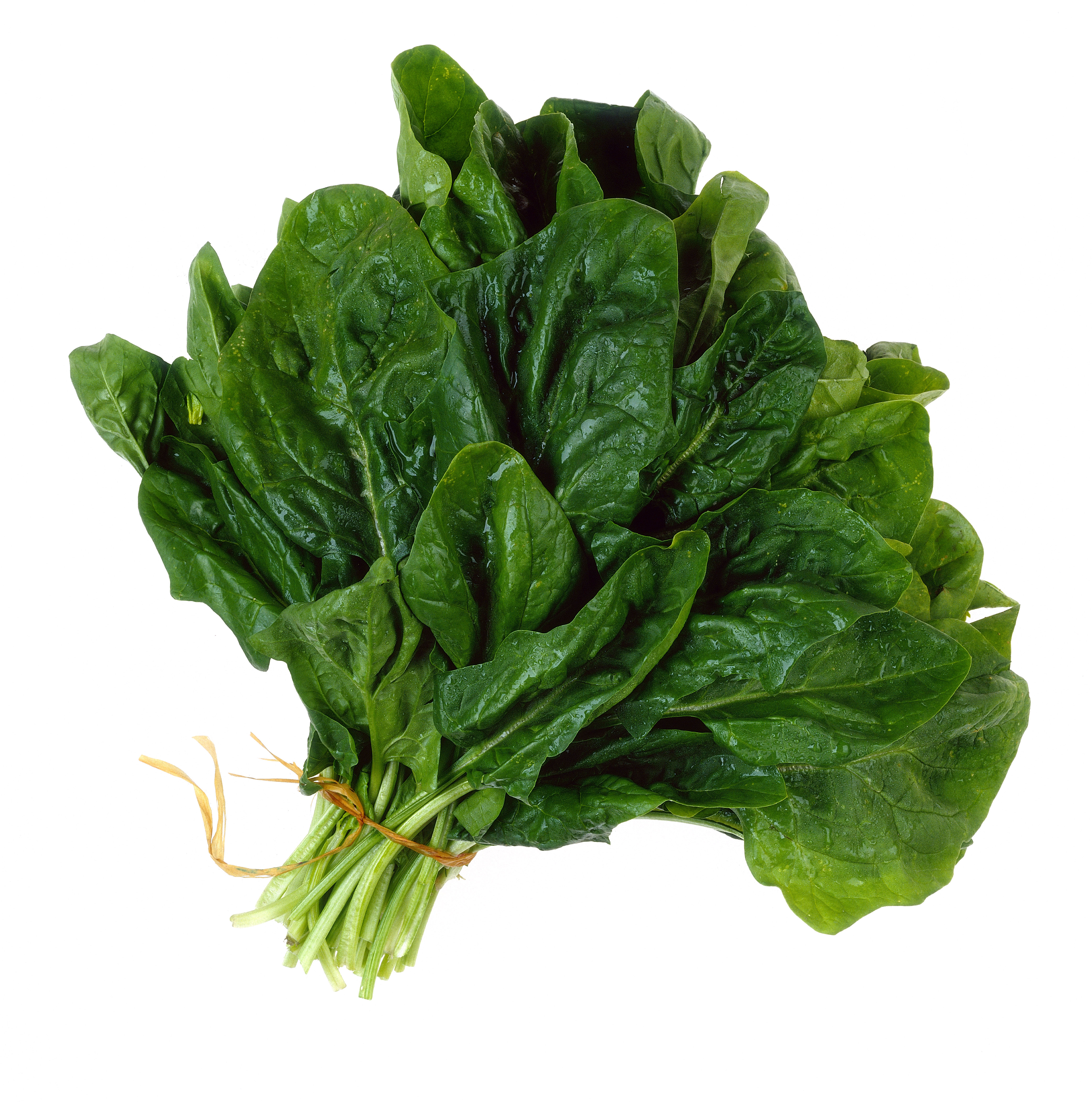
green leafy vegetables
A diet rich in leafy greens such as spinach, collard greens, and kale can reduce the risk of inflammatory disease, according to recent research. They’re also packed with vitamins and cancer-fighting antioxidants.
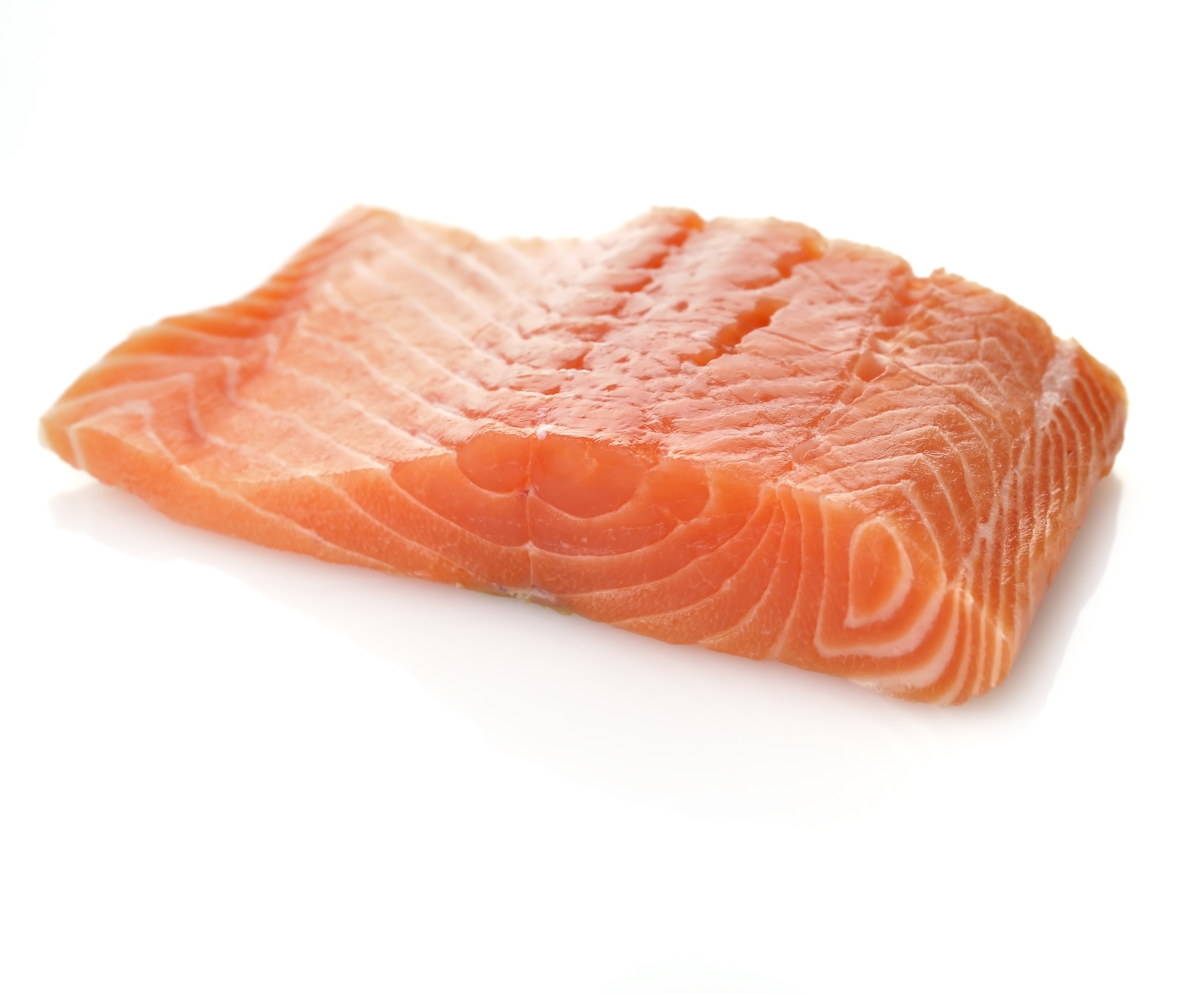
fatty fish
Salmon, mackerel, tuna, sardines, and herring are high in omega-3 fatty acids, which can decrease inflammatory proteins in the body, among other benefits. Aim to eat fish twice a week.
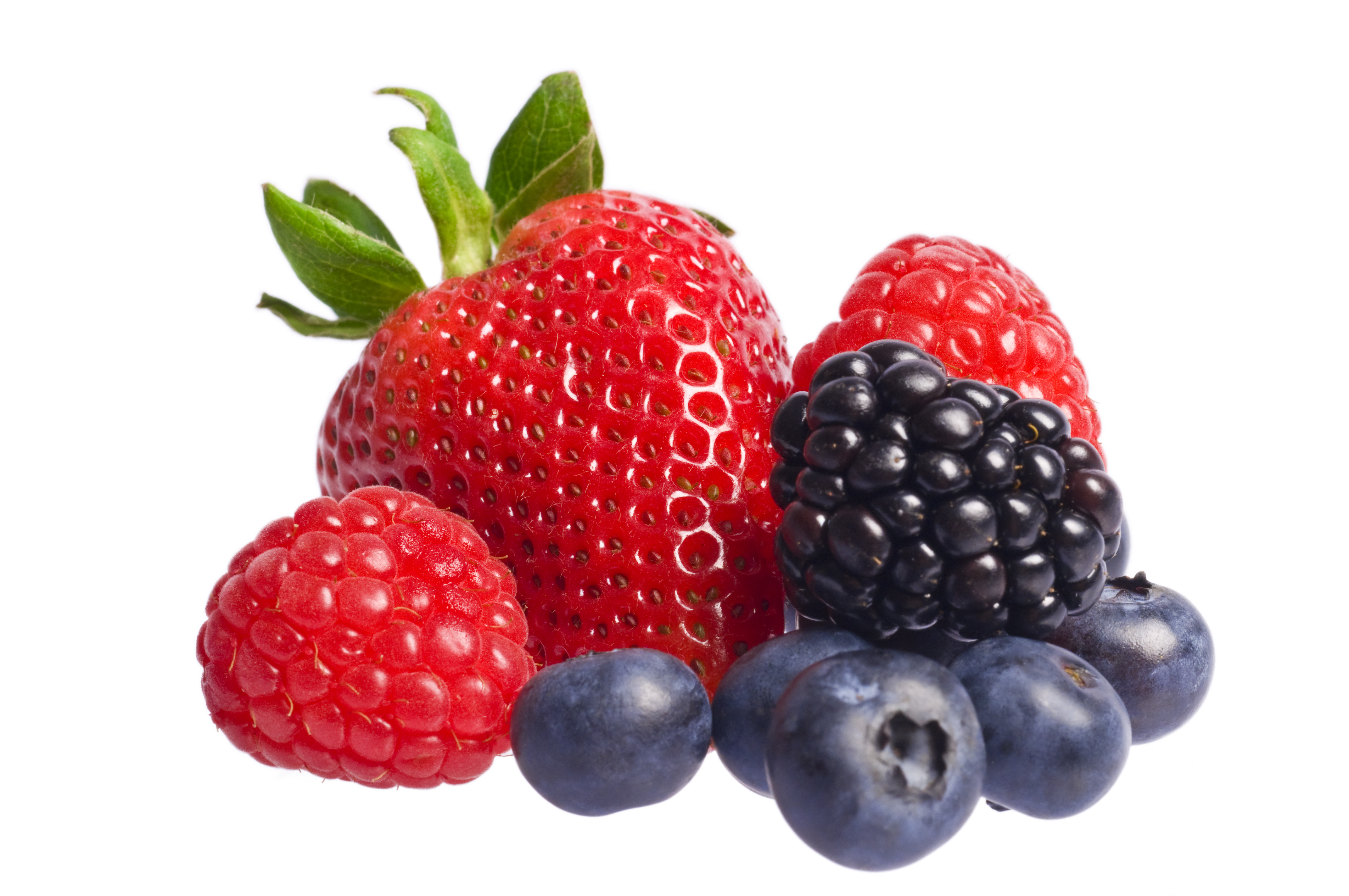
berries
Packed with vitamin C, fiber, and antioxidants, berries are also high in phytonutrients, which may lower the risk of heart disease, diabetes, and Alzheimer’s disease.
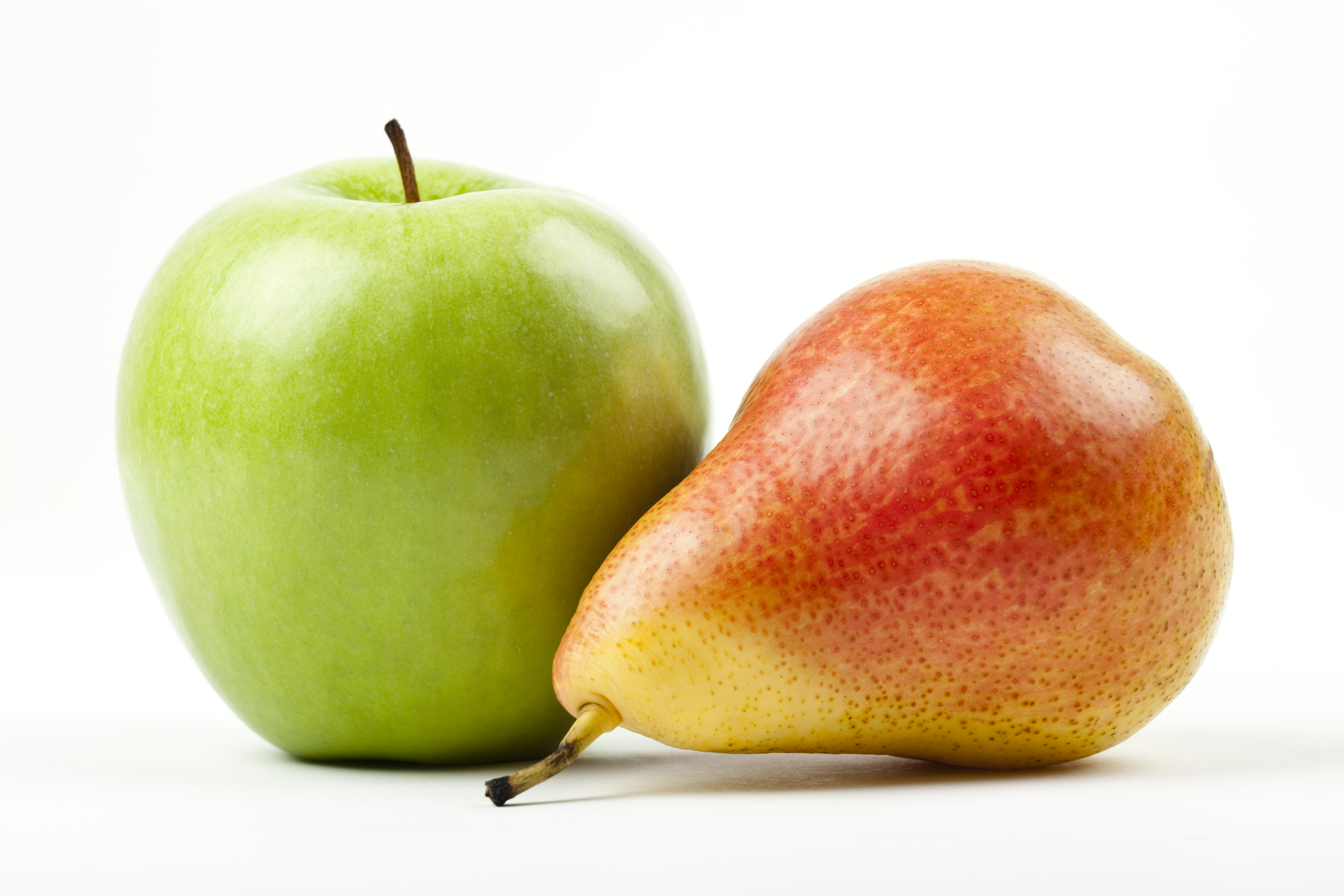
apples & pears
An apple (or a pear) a day really does keep the doctor away. Research suggests eating these fruits (which are also high in fiber and vitamin C) regularly can lower the risk of diabetes and heart disease.

cherries
Cherries have high levels of phenolic compounds, which can decrease inflammation and may also help improve cholesterol and lower blood pressure.
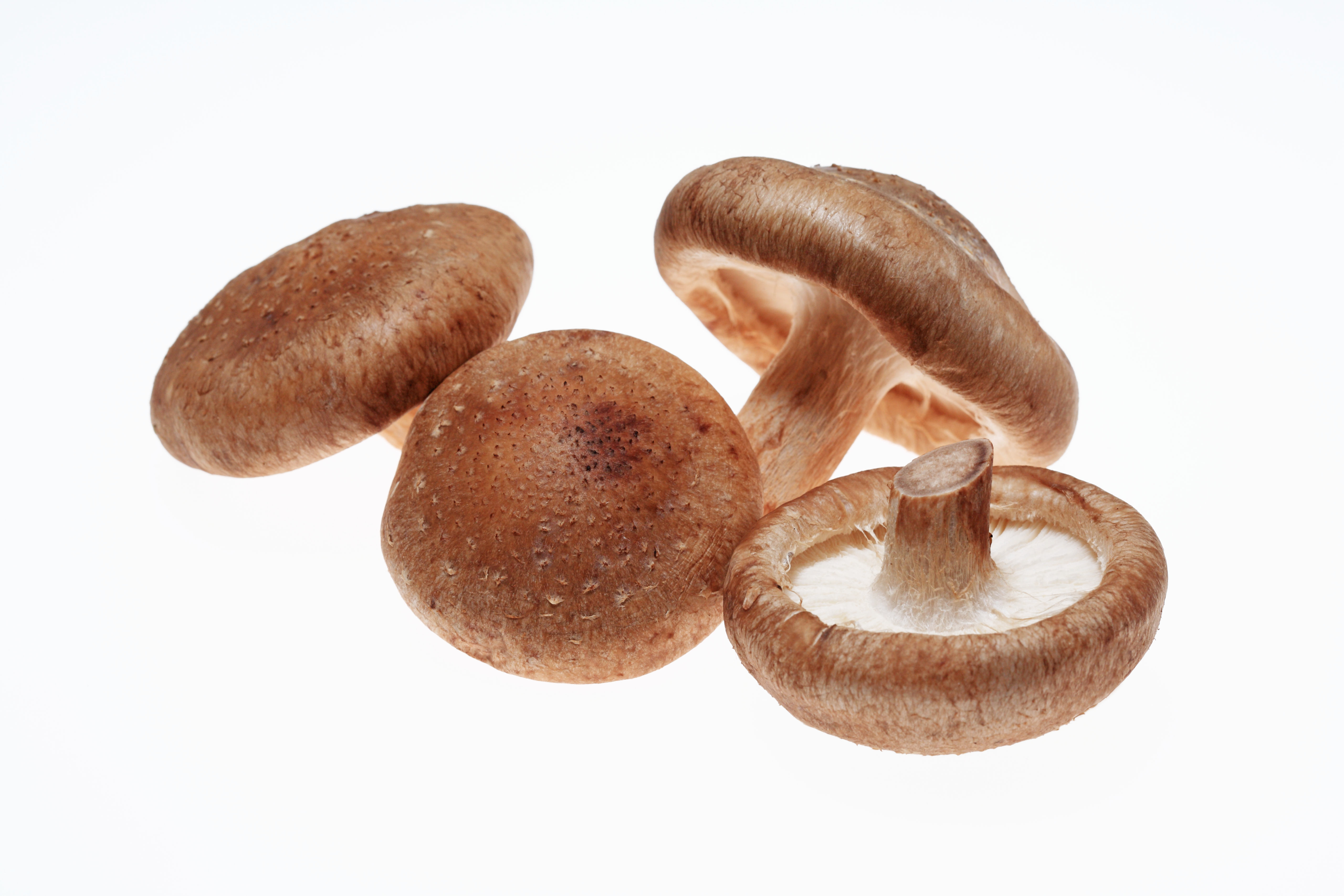
shiitake mushrooms
Asian mushrooms, particularly shiitake, have been shown to help improve inflammation markers in the body. Mushrooms are also rich in antioxidants and vitamins.

eggs
Eggs are rich in lutein, a type of phytonutrient that protects against eye issues, and choline, which helps with brain health. The vitamin D in egg yolks can also improve bone health.
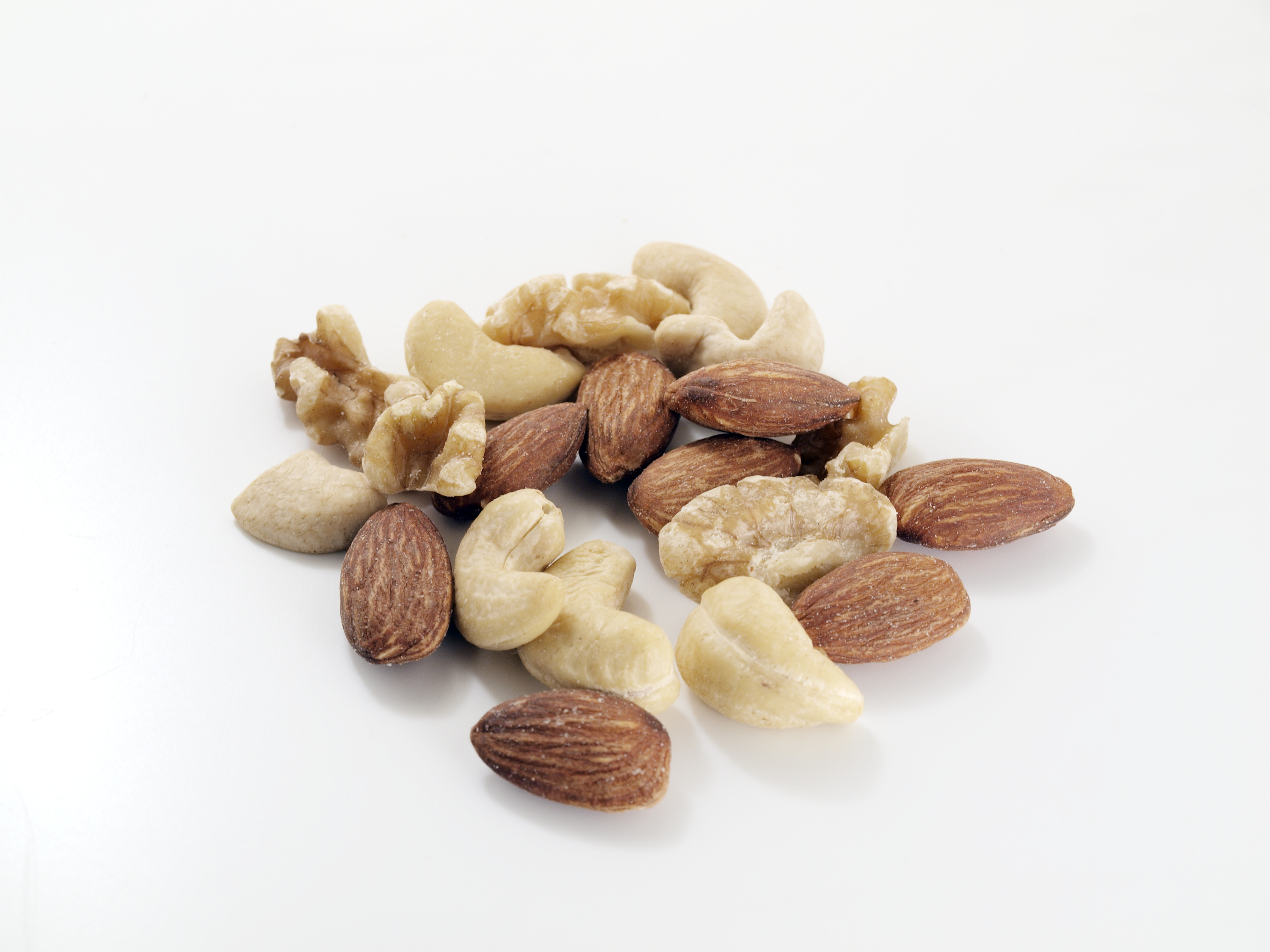
nuts & seeds
Consuming nuts and seeds rich in omega-3s can reduce inflammation. They’re also linked to brain health.
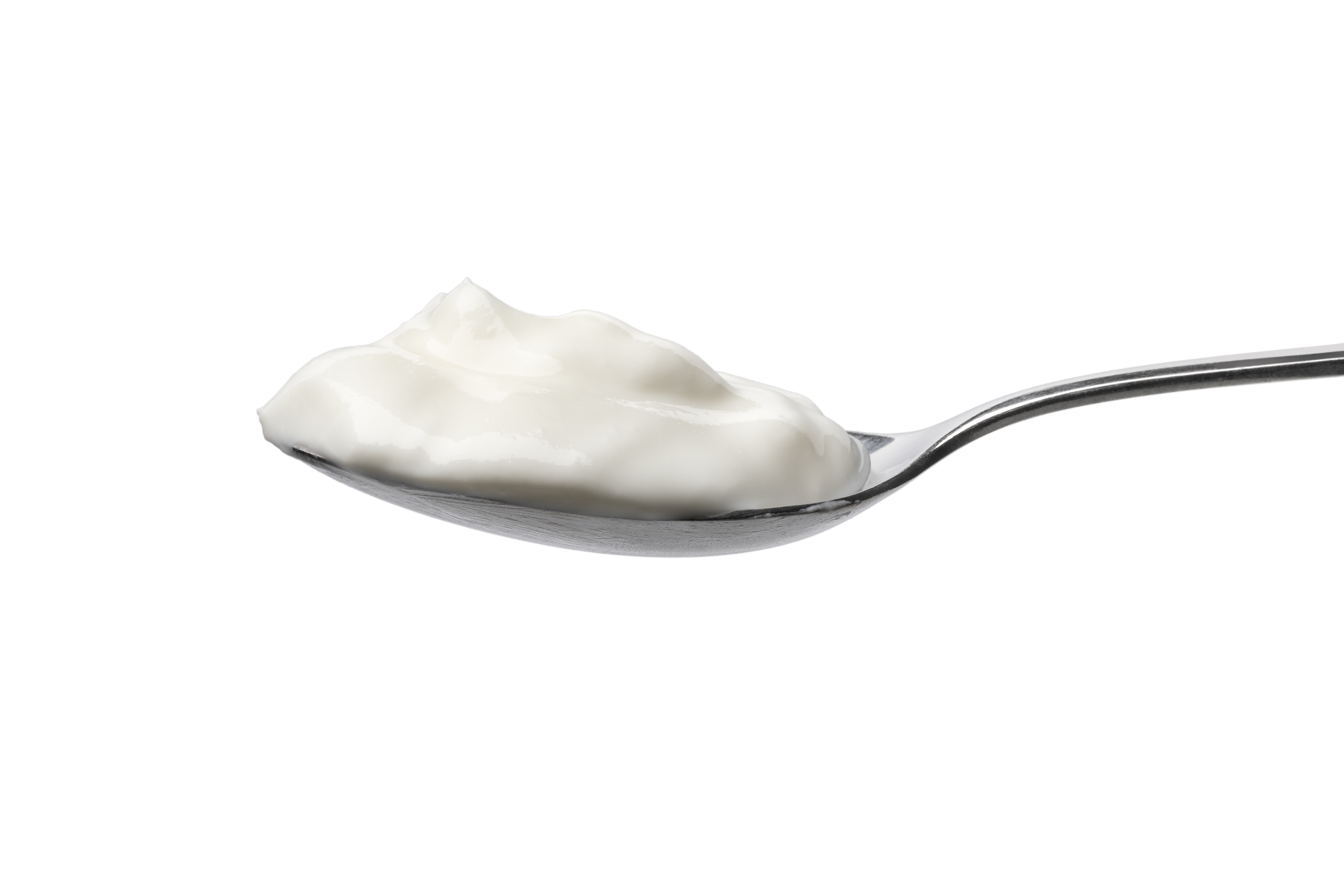
probiotic-rich foods
In addition to their anti-inflammatory properties, probiotics can increase good bacteria in the gut and boost immunity. Fermented foods, such as kefir or Greek yogurt, are high in probiotics.
Try to avoid or limit “inflammatory” foods such as processed deli meats, sugary sodas, red meat, fried foods, and refined grains like white bread, flour, and white rice.

Weeknight Niçoise salad
This easy tuna Niçoise salad is a delicious French classic packed with foods that help fight inflammation, including kale, veggies, eggs, and tuna. For an extra nutritional boost (and added crunch!), toss on walnuts, pine nuts, or slivered almonds.
Prep time 10 minutes / Cook time 2 minutes / Serves 1
6 thin green beans
3 cups finely shredded baby kale
2 oz. tuna, water-packed canned
¼ cup chickpeas, drained and rinsed
1 hard-boiled egg, chopped
1 Roma tomato, diced
¼ cup green, red, and yellow bell peppers, diced
6 pitted Kalamata olives
1 Tbsp. red wine vinegar
2 tsp. olive oil
1 tsp. shallot, minced
½ tsp. Dijon mustard
1/8 tsp. kosher salt
Pepper to taste
- Bring a small pot of water to a boil. Add the green beans and cook just until bright green and barely tender, about 60 seconds. Use a slotted spoon to transfer to a colander and rinse under cold water (or transfer to an ice bath).
- Place the kale in a bowl or on a plate. Arrange the green beans, tuna, chickpeas, egg, tomato, bell peppers, and olives on top, keeping each item grouped together.
- In a small bowl, whisk together the vinegar, oil, shallot, mustard, salt, and pepper.
- Drizzle the vinaigrette over the top of the salad. Alternatively, toss the kale with half the vinaigrette before topping with the remaining ingredients, then drizzle with the remaining vinaigrette.
Calories 364; fat 19 g; saturated fat 4 g; cholesterol 209 mg; sodium 724 mg; carbs 25 g; fiber 8 g; sugar 4 g; protein 25 g; calcium 387 mg


